poetry and theatre in the 19th century
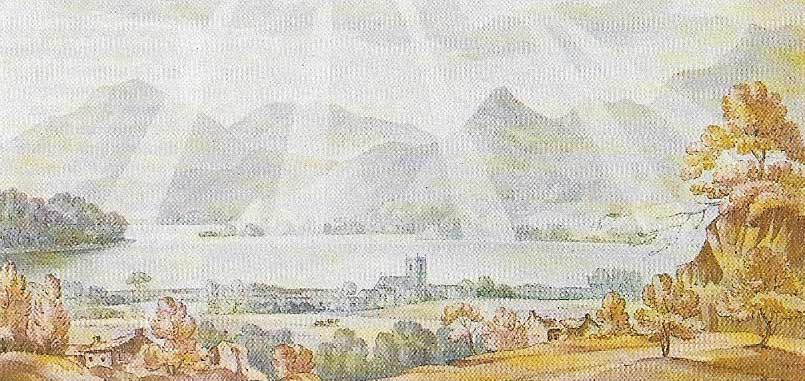
Figure 1. The English Lake District inspired some of Wordsworth's finest work. There, faced with sublimely rugged scenery, he experienced a sense of harmony with nature which he expressed as a moral force. He and Samuel Taylor Coleridge (1772–1834) published their Lyrical Ballads, including Coleridge's "Ancient Mariner", in 1798. Coleridge is remembered as much for his criticism as for his poetry.
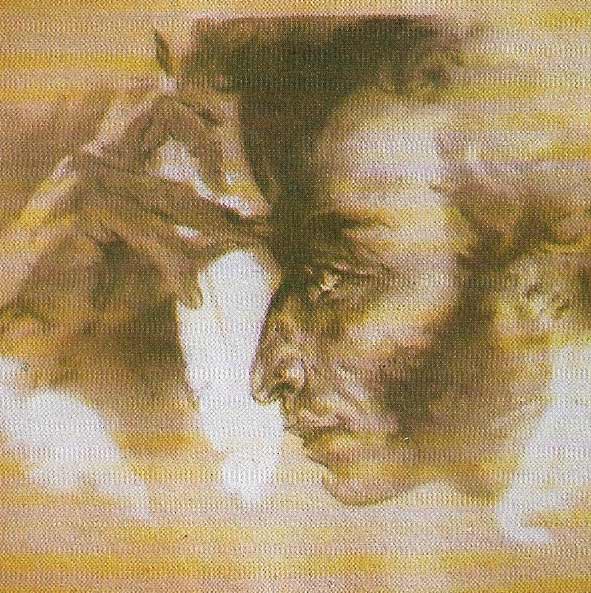
Figure 2. Pushkin, the first major Russian writer, was exiled for writing epigrams against the Russian government. During his exile he read Byron and created a Byronic hero for his poem Eugene Onegin (1831), an immortal Romantic legend. He also wrote popular prose romances and experienced the conflict between patriotism and liberalism which became a common Russian problem later in the century.
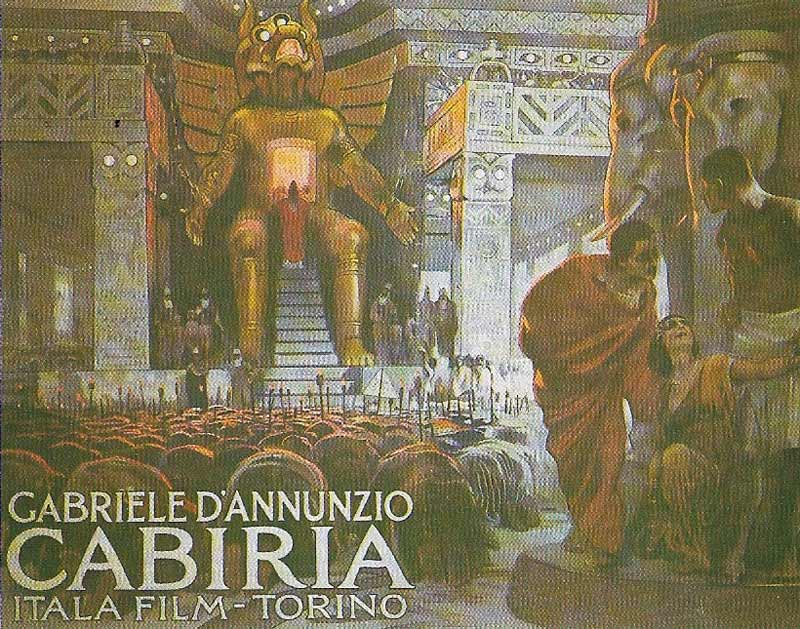
Figure 3. Gabrielle D'Annunzio worked on the script of the epic film Cabiria (1913) and was also a dramatist, novelist and flamboyant political leader both before and after World War I. His later support on Mussolini cannot detract from the sensuous poetry he wrote in the 1890s during his affair with the actress Eleanora Duse.
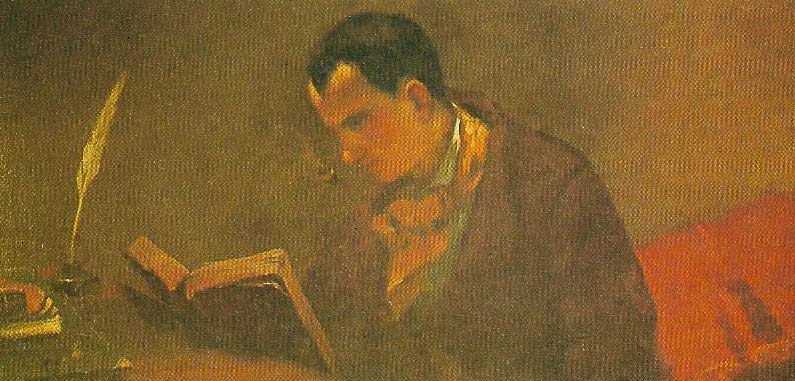
Figure 4. Charles Baudelaire in Les Fleurs du Mal (1857) foreshadowed symbolism by searching for significance in all things, not merely the respectable, and finding symbols of hollowness in the beauty that hid corruption. He was responsible for the European vogue of Edgar Allan Poe and was an important influence on English poetry, especially Swinburne and the poets of the 1890s.
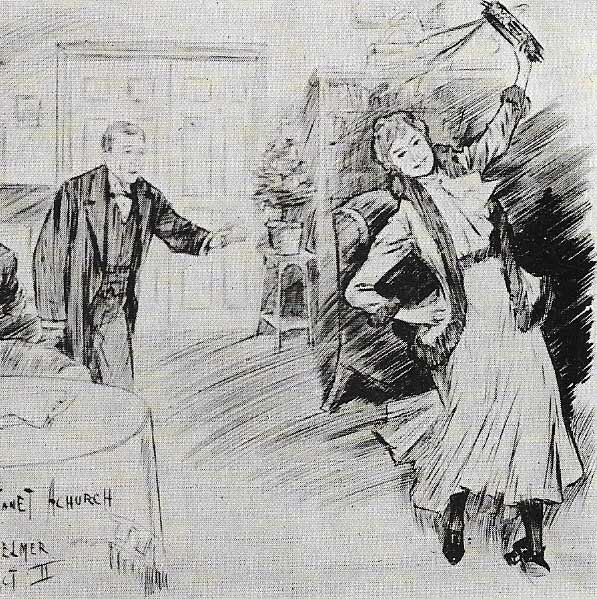
Figure 5. Nora Helmer, here dancing the tarantella, was the central character of Ibsen's most controversial play, A Doll's House (1879), which was seen as a break-through in theatrical realism. His audience must have expected this drama of blackmail and wifely loyalty to end in a triumph of domestic virtue. But in a famous final scene Nora leaves her husband and children to seek her own identity.
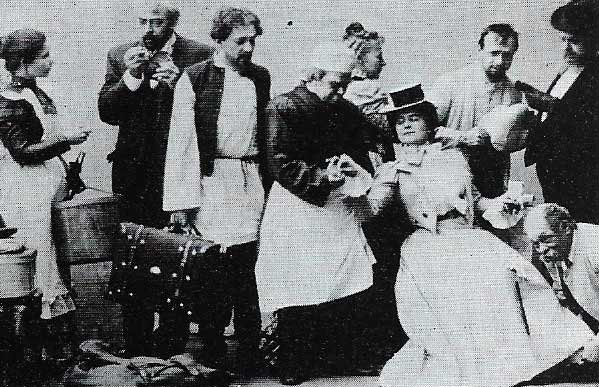
Figure 6. Chekhov's The Seagull, as produced in 1898 by Konstantin Stanislavsky, was a landmark in drama. Stanislavsky taught actors to identify with the characters they played, a technique particularly adapted to Chekhov's plays which concentrates on the unfolding of character rather than on plot development or melodramatic situations.
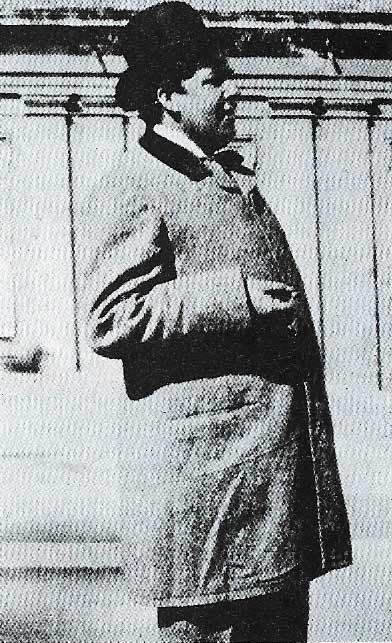
Figure 7. Oscar Wilde, who was imprisoned for homosexuality after a famous trial, was the wittiest dramatist of the 1890s and a leading poet of the English aesthetic movement. He was a master of paradox and an apostle of art for art's sake.
The romantic movement in poetry at the end of the 18th century stressed intensity of emotion rather than elegance and art, freedom of expression rather than stylistic rules. In England its most important forerunner was William Blake (1757–1827), who was less known in his own time than Walter Scott (1771–1832) or Thomas Moore (1779–1852). The rebellious spirit of the movement was epitomized in the life of Lord Byron (1788–1824) who, with Johann Wolfgang Von Goethe (1749–1832), towered over European literature in the 1820s. Yet Byron's best work, Don Juan, is anti-romantic in its sceptical wit.
William Wordsworth (1770–1850) and John Keats (1795–1821) better represent the actual changes in English poetry brought about by romanticism. Wordsworth's ideas about mind and nature (Figure 1) forced to adopt an unorthodox style and subject-matter. His creed was to take "ordinary things" and show them in "unusual aspect", believing that intense joy could arise from deep harmony with nature. Percy Bysshe Shelley (1792–1822) wrote more directly of the power of joy as a reforming influence, as Keats stressed the power of beauty. The lyrical intensity of Keats's poetry deeply influenced later poets.
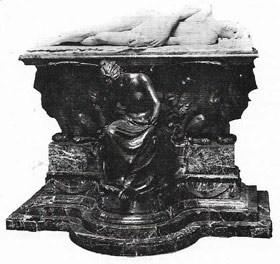 |
| Shelley's death by drowning is immortalised in this memorial to him in University College, Oxford. A radical and passionate poet, Shelley connected the health of literature with the health of society and denied that poets had any obligation to express contemporary ideas of morality. |
Lyricism, nature and the exotic continued to attract Victorian poets. Robert Browning (1812–1889) used anti-lyrical effects, tough rhythms and difficult meanings but was always drawn to the exotic. Faith in joy and the senses waned however: both Alfred Lord Tennyson (1809–1892) and Matthew Arnold (1822–1888) wrote somber, noble verse and Tennyson had earnest doubts about the relevance of his lyric gift. A reaction against undue moral earnestness came with Algernon Charles Swinburne (1837–1909) and the Decadents who stressed flagrantly amoral beauty. But later British poets, Gerard Manley Hopkins (1844–1889), Thomas Hardy (1840–1928) and W. B. Yeats (1865–1939), remained deeply serious.
Poets in Europe
The writings of Samuel Taylor Coleridge reveal the Romantics' debt to Germany where Goethe, a champion of the Sturm und Drang movement, had established the concept of the suffering hero. But Goethe's work shows the difficulty of arbitrary distinctions between romanticism and classicism. He wrote the classical Roman Elegies as well as passionate lyrics to Charlotte von Stein. Similarly the Romantic 1827 Songs of Heinrich Heine (1797–1856) are balanced by his more sombre later poems. The Byronic mood was more influential in Russia where Alexander Pushkin (1799–1837) was a disciple (Figure 2), as was Mikhail Lermontov (1814–1841).
In France, Victor Hugo (1802–1885), poet, novelist and dramatist, led other Romantic anti-classicists including Alphonse Lamartine (1790-1869), Alfred de Musset (1810–1857) and the young Theophile Gautier (1811–1872). But Charles Baudelaire (1821–1867), lyricist of moral decay (Figure 4), the boy-poet Arthur Rimbaud (1854–1891) and Paul Verlaine (1844–1896) are better seen as early Symbolists rather than late Romantics. Stephane Mallarme (1842–1898) and the Symbolists tried to create a poetry of emblems to convey the meaning beneath the surface of things. In Italy, Giosue Carducci (1835–1907) led a reaction against undisciplined verse, but Gabrielle D'Annunzio (1863–1938) sounded late in the century the authentic note of Romantic joy (Figure 3).
From melodrama to naturalism in drama
Romantic and post-Romantic drama generally fails as literature. The plays of Goethe show classical influences while his masterpiece, Faust, transcends categories. Hugo's triumph in France with the Romantic Hernani is hard now to understand. Victorien Sardou (1831–1908) and Alexander Dumas the younger (1824–1895) produced some solemn social problem plays and Edmond Rostand (1868–1918) poetic dramas. But the dominance of opera and of Shakespearean revivals inhibited convincing representation of contemporary society.
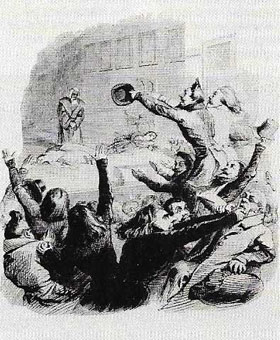 |
| Riots followed the first performance of Hugo's Hernani (1830), which broke with the rules of classicism. Hugo's romanticism was ardently supported by young French poets but a reaction against emotionalism and looseness of style soon followed as poets turned to subtler theses and more concise imagery. |
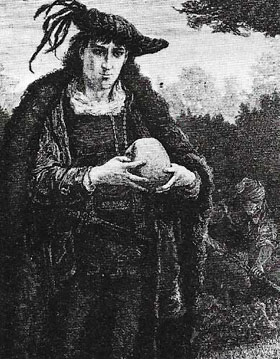 |
| Henry Irving (1838–1905), here playing Hamlet, led the idolatry of Shakespeare, who had become a national institution in England and an important influence in Europe by the 19th century. Shakespeare provided virtuoso actors with great parts. But heavy naturalistic sets led to tediously long intervals and to brutal cutting of the original text. |
Towards the end of the century, three major dramatists emerged as forerunners of modern theatre. The Norwegian Henrik Ibsen (1828–1906) moved from verse plays to a series of controversial and influential social dramas in prose such as A Doll's House (Figure 5). August Strindberg (1849–1912), a Swede, drew on a tragic personal history to inject an element of psychosexual horror into his work. Like Ibsen, he finally moved towards symbolism. The Russian plays of Anton Chekhov (1860–1904) are notable for their formal grace, realism and insight into personal and social insecurities (Figure 6).
New directions in the theatre
The comedies of the Irish dramatist Oscar Wilde (1854–1900) (Figure 7) were old-fashioned in plot and characterisation, but Wilde used his scintillating wit to parody cleverly the conventions of melodrama and Romantic comedy. Bernard Shaw (1856–1950), a champion of Ibsen, used similar techniques in constructing plays of social and moral ideas, at once amusing, humane and deeply thoughtful. In Paris, the anarchic farce Ubu Roi by Alfred Jarry (1873–1907) (was already pointing towards expressionism, in which reality would be presented as a reflection of the mind, and towards the illogicality of the theatre of the absurd.
